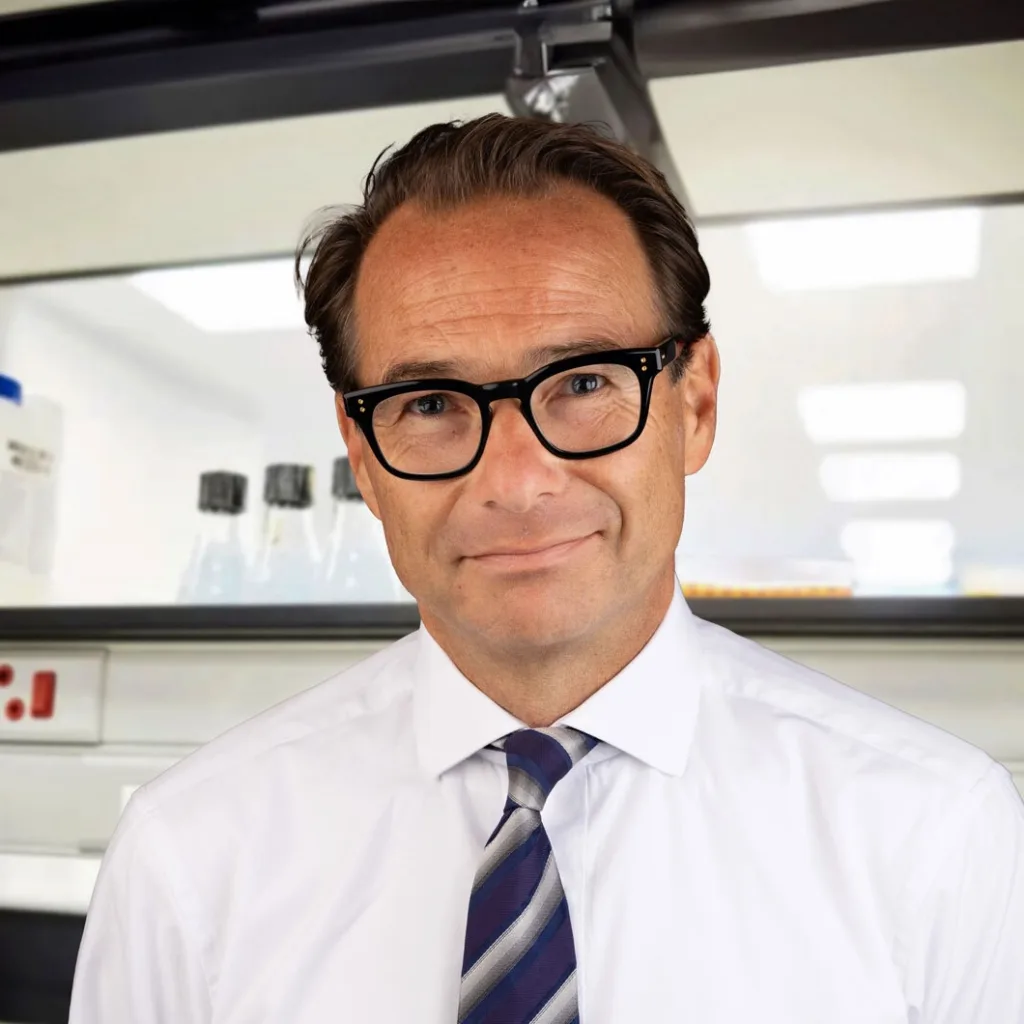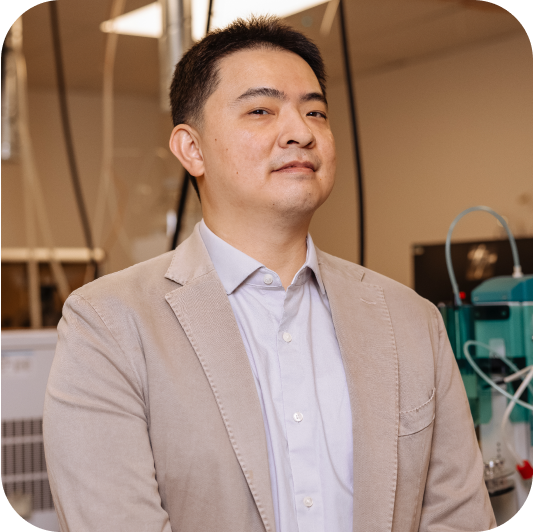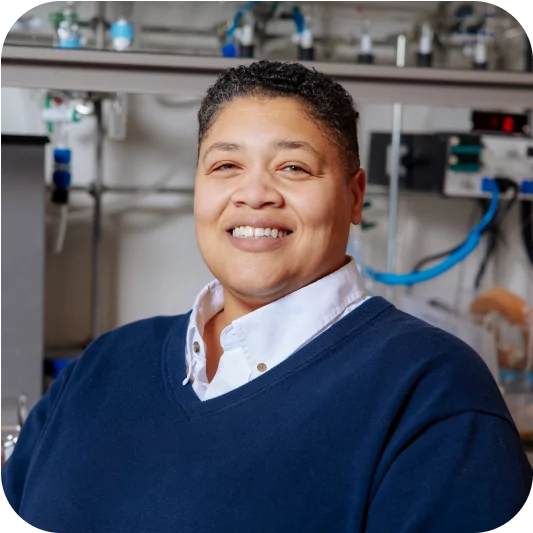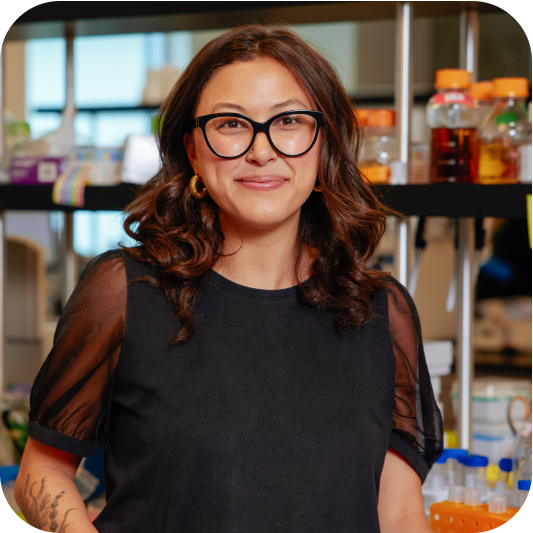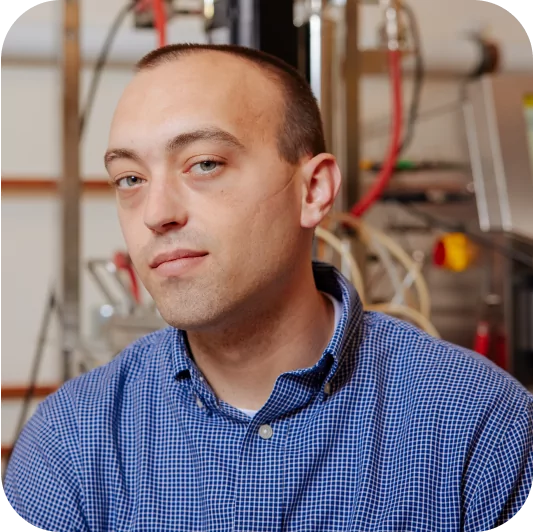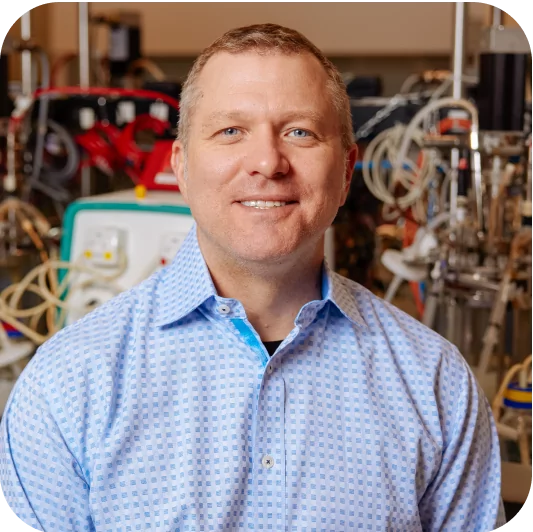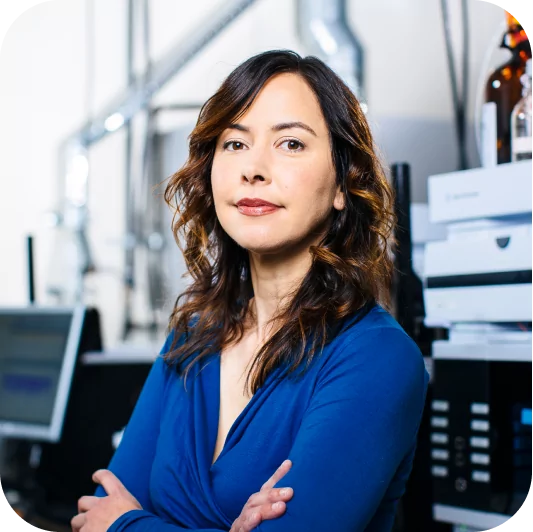Over the last 150 years, the pharmaceutical industry has focused on decoupling the production of medicinal compounds from their sources in the natural world, which are susceptible to unpredictable swings in supply due to natural events like wildfires, drought or floods.
To accomplish this, the pharma industry has largely relied on synthetic chemistry, a discipline that has given scientists the ability to mimic natural compounds without relying on materials from the earth. This approach is now responsible for blockbuster drugs such as aspirin, L-DOPA and metformin (see our previous blog for more info).

There remains a large number of naturally occurring compounds, however, that are either too complex or expensive to produce at scale through synthetic chemistry. As researchers continue to develop advanced manufacturing technologies, like synthetic biology-based fermentation, to produce these compounds at scale, the pharmaceutical industry still has to rely on naturally occurring plants as source materials for many drugs.
Among the hundreds of plant-based pharmaceuticals globally, three of the most well known are the cancer medication taxol, the motion sickness drug scopolamine and the addiction treatment buprenorphine.
Taxol
Taxol, the most well-known natural-source cancer drug globally, is derived from the bark of the Pacific yew tree (Taxus brevifolia). Today, Taxol – which is the trade name for the molecule paclitaxel – is used in the treatment of breast, lung, and ovarian cancer, as well as Kaposi’s sarcoma.
First discovered in the 1960s, paclitaxel was extracted from samples of the Pacific yew’s bark by USDA researchers, and quickly found to have interesting cytotoxic activity that could limit runaway cell growth (as in cancerous tumors). While early trials of the molecule showed significant antitumor activity in mice, development toward the clinic was slow as scientists struggled to both harvest the naturally occurring molecule and to synthesize it in the lab.
Years later in the 1980s, larger clinical trials became possible when researchers discovered a method to extract a starting material of Taxol, 10-deacetyl-baccatin III, from the common yew Taxus baccata. By taking this structurally similar starting material and applying a few final chemical synthesis steps, scientists were able to create a semi-synthetic form of Taxol. Currently, a plant cell culture method is used to produce the drug at global scale, but because plants are multicellular organisms with cell walls these cultures are difficult and expensive to grow. Moving forward, scientists are exploring microbial engineering approaches to produce Taxol that are more efficient than current plant cell culture methods.
To date, Taxol is one of the commonly used cancer drugs ever manufactured, with annual sales of about $3 billion in 2019.
Scopolamine
Scopolamine and its biochemical precursor hyoscyamine are naturally occurring tropane alkaloids that are found in plants of the Solanaceae (nightshade) family such as mandrake, jimsonweed, and tomato. Scopolamine (also known as hyoscine) is classified as an anticholinergic agent, which means it blocks the action of acetylcholine, a type of neurotransmitter, and inhibits involuntary muscle movements and various bodily functions. Today, scopolamine is best known for its routine prescription as a treatment for nausea and vomiting related to motion sickness or surgery.
Plant extracts containing scopolamine have been used since ancient times as a medicinal treatment for gastrointestinal disorders. In 1880, the chemist Albert Ladenburg first isolated scopolamine from the nightshade plant Scopolia carniolica, and over the ensuing years, scientists discovered wider uses for the molecule. In the 1970s, the FDA approved a transdermal patch to deliver scopolamine to patients seeking treatment for motion sickness or postoperative nausea and vomiting.
Beyond a treatment for motion sickness, other tropane alkaloid drugs are being investigated to treat a variety of CNS disorders from Parkinson’s disease to other neuromuscular disorders.
Buprenorphine
Buprenorphine is a semi-synthetic compound made from the starting materials thebaine or oripavine, which are naturally occurring alkaloids found in the opium poppy. Today, buprenorphine is used often as a treatment for opioid addiction and also as an analgesic – the antagonist properties of buprenorphine are equivalent to the popular treatment medication naltrexone, but as analgesic it is significantly more potent (and less addictive) than morphine.
Buprenorphine was first discovered in the 1960s as part of an attempt to find alternatives to morphine to treat narcotic addiction. Upon discovery, the molecule proved interesting because it is a partial agonist, which gives it a ceiling effect, meaning that the risk of overdose is attenuated. It was also difficult to produce at scale, as thebaine, the compound’s starting material, had to be sourced from specialized farms and was only available in limited quantities. (Even to this day, the dominant source of thebaine is farms in Australia, as the compound remains extremely difficult to produce through chemical synthesis.)
Initially used as an analgesic, studies of buprenorphine as a treatment for opioid use disorder in the late 1990s and early 2000s – which was associated with growing numbers of overdoses – were becoming increasingly popular. After compelling evidence, the FDA approved buprenorphine as a treatment for opioid addiction in 2002.
Buprenorphine has steadily gained mainstream acceptance, and the drug achieved over $3 billion in 2019 sales.
From Ingredients to Inspiration
Plants produce a dizzying array of medicinal compounds. Today, the pharmaceutical industry spends billions of dollars every year mimicking these compounds through synthetic chemistry, or isolating these compounds from the plants themselves to produce drugs like taxol, scopolamine and buprenorphine. In the coming years, as scientists scale up alternative manufacturing technologies like synthetic biology-based fermentation, pharma will continue to shift from relying on plants as raw materials to viewing plants as inspiration for medicines.
*Drug sales are provided by Cortellis Generics Intelligence™ (formerly Newport), ©Clarivate
